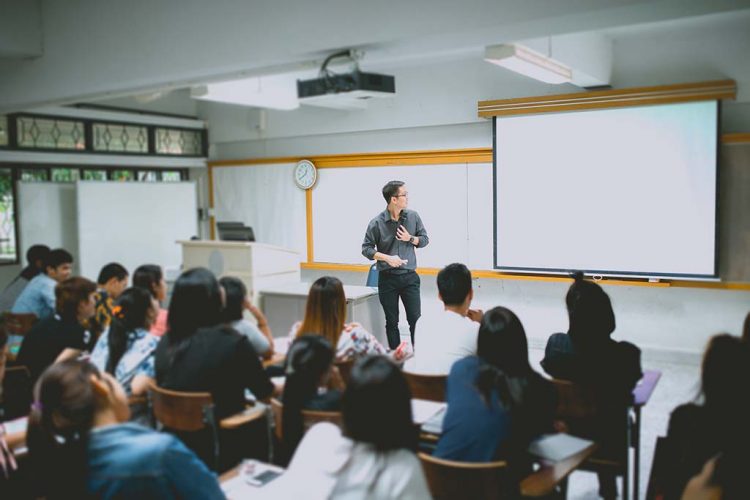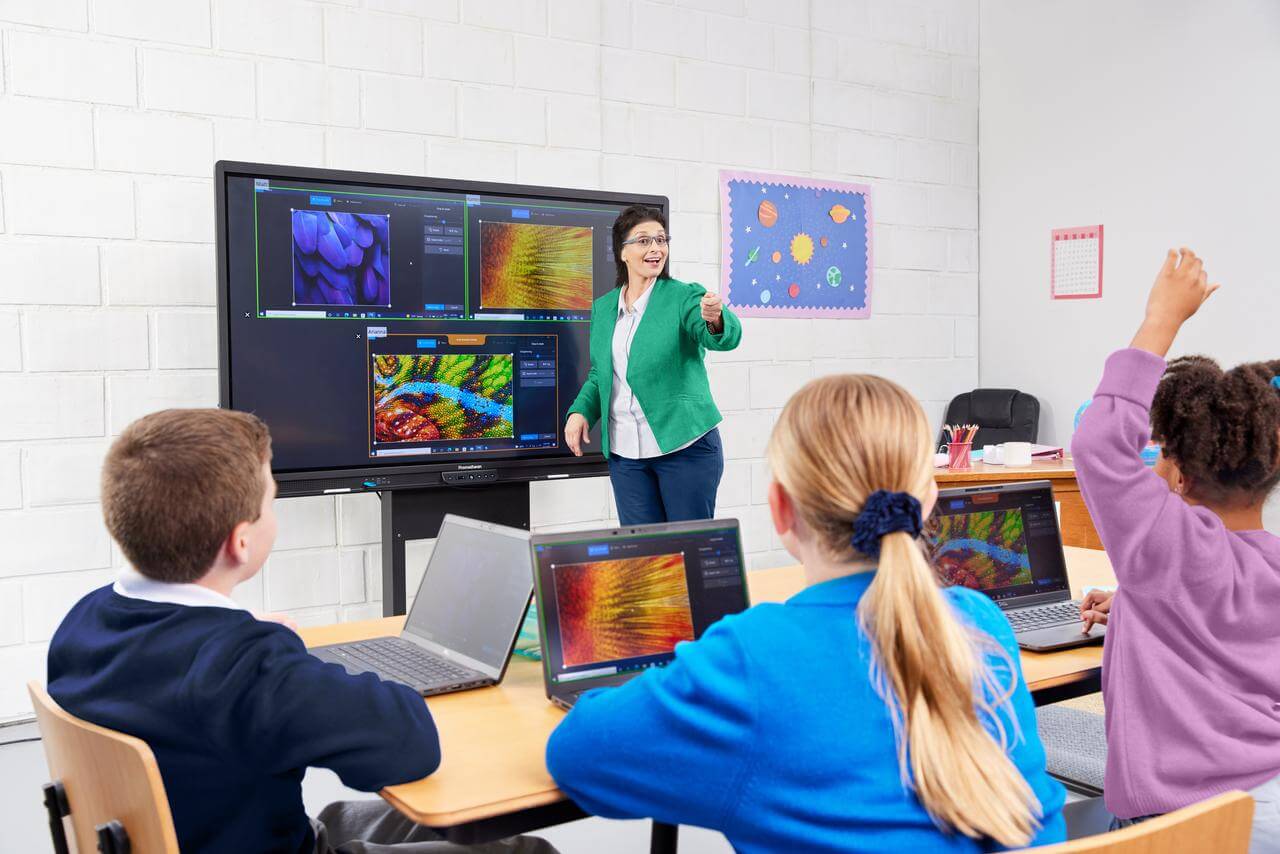Enroll in Primary Science Tuition Singapore for a Strong Science Foundation
Enroll in Primary Science Tuition Singapore for a Strong Science Foundation
Blog Article
Discovering the Various Teaching Methods in Primary Science Education And Learning Today
The landscape of main scientific research education and learning is developing, with numerous training strategies gaining importance in contemporary classrooms. Inquiry-based learning, hands-on experiments, and the combination of modern technology are redefining just how teachers engage young minds. Additionally, collective strategies and differentiated guideline are being employed to cater to the varied requirements of pupils, enhancing both engagement and understanding. As we check out these methods, questions develop regarding their effectiveness and the effects for future academic practices. What might these shifts in strategy mean for the next generation of students?
Inquiry-Based Learning
Inquiry-Based Discovering (IBL) is an instructional approach that motivates pupils to explore clinical principles through wondering about, investigation, and hands-on experimentation. This approach emphasizes the role of trainees as active individuals in their learning, promoting essential thinking and analytical abilities. By involving with real-world questions, pupils become curious and motivated, which improves their understanding of clinical concepts.
In IBL, educators serve as facilitators, directing students as they browse their questions instead of delivering information straight. This student-centered approach permits for differentiation, accommodating various discovering designs and paces. Pupils develop skills in developing hypotheses, developing experiments, and assessing data, which are vital for scientific proficiency.
Additionally, IBL fosters collaboration amongst pupils, encouraging them to share ideas and searchings for. This collective query promotes social skills and a feeling of neighborhood within the class. The procedure of inquiry encourages resilience, as trainees learn to accept failure as a tipping stone towards understanding.
Hands-On Experiments
Hands-on experiments are an essential part of efficient science education and learning, enhancing the concepts of inquiry-based discovering. These experiments allow pupils to involve directly with clinical ideas, cultivating a much deeper understanding with experiential knowing. By adjusting materials and observing results, young learners can grasp abstract theories in substantial methods.
Such activities advertise important thinking and analytical skills, as pupils hypothesize end results, conduct experiments, and evaluate results. This procedure motivates them to ask inquiries, fine-tune their understanding, and develop a clinical state of mind. Additionally, hands-on experiments can be tailored to varied learning designs, making sure that all pupils have the opportunity to engage meaningfully with the content.
Furthermore, hands-on experiments often encourage partnership amongst peers, advertising teamwork and communication skills. Working in teams enables trainees to share ideas, go over searchings for, and gain from each other, which improves their general instructional experience.
Integrating hands-on experiments into the main scientific research curriculum not just improves the finding out setting yet also cultivates a lifelong interest in science. By actively taking part in their education and learning, trainees are most likely to create an interest for scientific inquiry that prolongs past the classroom.

Technology Combination
Integrating technology right into key scientific research education and learning has actually ended up being significantly important in fostering student engagement and enhancing discovering results. Making use of digital devices, such as interactive simulations, online labs, and educational software, provides students with opportunities to explore clinical ideas in innovative ways. These sources help with a much deeper understanding of intricate topics by enabling students to envision and adjust variables that would certainly be impractical in a traditional classroom setup.
Additionally, innovation integration encourages individualized discovering experiences. Students can proceed at their very own speed, revisiting tough concepts through multimedia sources, which satisfy various knowing designs. This versatility not just supports private development yet additionally cultivates a feeling of autonomy in students.
Additionally, innovation acts as a bridge to real-world scientific research, linking students with present study and specialist contributions. Accessibility to clinical journals and online databases expands pupils' viewpoints on scientific query and cultivates important assuming skills.
Collaborative Discovering
Joint learning plays an important duty in main scientific research education and learning by fostering team effort and communication skills among trainees. This strategy encourages students to interact, share knowledge, and participate in analytic, which enhances their understanding of scientific ideas. By getting involved in group tasks, pupils find out to articulate their ideas, listen to varied viewpoints, and bargain solutions, all of which are necessary abilities in both real-world and scholastic contexts.

Research indicates that collaborative discovering can result in raised motivation and involvement in science topics, as students discover satisfaction in common experiences (primary science tuition Singapore). Additionally, this strategy prepares students for future collaborative ventures, outfitting them with the skills essential for effective team effort in greater education and learning and expert settings. Ultimately, embracing collective understanding in main scientific research education and learning can considerably enhance the understanding experience and promote a deeper understanding of scientific query
Set Apart Instruction

Distinguished direction can materialize in different methods, such as varying the content, procedures, or items of understanding. Instructors may utilize tiered tasks that provide differing degrees of intricacy, enabling trainees to work at their corresponding preparedness degrees. Furthermore, this post flexible organizing approaches can promote partnership amongst trainees with different capabilities, fostering peer understanding.
Analysis plays a vital role in this strategy, as it notifies guideline and aids educators comprehend each pupil's special requirements. Developmental analyses, such as observations and tests, can direct educators in readjusting their approaches to improve discovering view website results. primary science tuition Singapore. Ultimately, by applying separated instruction in main scientific research education, teachers can grow a more fair and reliable discovering setting, empowering all trainees to reach their complete possibility in understanding clinical sensations
Verdict
In summary, the diverse mentor techniques in key science education, including inquiry-based discovering, hands-on experiments, modern technology combination, collaborative discovering, and separated instruction, collectively add to a more efficient learning environment. These methods promote critical reasoning, analytic abilities, and a much deeper understanding of clinical concepts. By carrying out these approaches, instructors can develop engaging and encouraging classrooms that deal with the varied needs of pupils, inevitably cultivating a long-lasting rate of interest in science and enhancing academic achievement.
Inquiry-Based Learning (IBL) is an instructional technique that urges students to discover clinical ideas through questioning, investigation, and hands-on experimentation.Collaborative understanding plays an essential function in primary scientific research education and learning by fostering synergy and interaction skills among students.Study suggests that collaborative learning can lead to raised inspiration and interaction in science topics, as trainees locate satisfaction in common experiences.In promoting an inclusive understanding atmosphere, differentiated instruction emerges as a crucial technique to suit the diverse demands and capacities of trainees in primary scientific research education. Inevitably, by executing separated instruction in key science education and learning, educators can grow an extra equitable and my sources efficient discovering setting, equipping all pupils to reach their full capacity in understanding scientific sensations.
Report this page